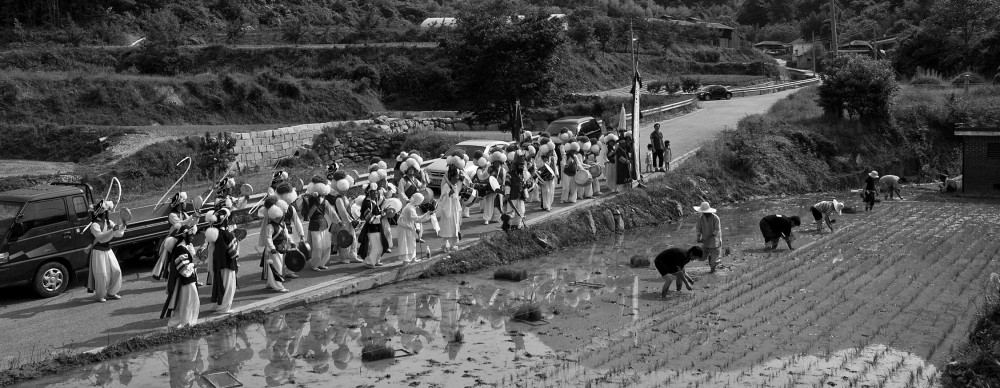I made a video that introduce Korean tradition to foreigners. And this was my second time making video in my whole life. I made a video about Dongji[동지] and Korean natural dyeing. I think teaching someone’s tradition to other people is an end in itself. The act ‘teaching’ contains the kind mind that want to share our special thing. And by learning other’s tradition, we can get the chance that understanding other culture and also can compare with our tradition.
Frankly say, I never believed that I can do this. From making video to uploading my video on youtube. Because I thought this is kind of the work that special social organization and government usually do. But I am so proud that I can do this. Even I am a just freshman who learns about Korea just few months. I need to spend more time and effort to make my video, but truly this chance was really make me proud. And this was reconfirmed me that I can do this and what I should continuously do.
While making a video about Dongji, I learned our tradition more. If I didn’t make this video, I even don’t know what Dongjiheonmal[. But now, I can clearly explain the whole thing about dongji to foreigners and I can easily organize the information by thinking my video order. I thought this was real study. To make a video and teach others, at first I have to be an expert on that topic. By doing this, we can learn and memorize the whole thing even we do not have to try to memorize it consciously. Just without my being aware of it, I know the point and can memory the whole thing. I feel this is real study. Usually, to me, dongji is just a day that we eat red bean porridge. When the morning news tells me that today is the dongji, then I usually eat out to eat red bean porridge. No more, no less. But now, dongji become a more special day to me. I want to follow the tradition that my ancestors do. And I want to modernize those forgotten traditions. If we cannot do, then change it into modern way. Actually next dongji, I will present little socks to my mother to do not forget the meaning that present beoseon[버선] to their female family member. There are lots of ways to revive those old meaningful traditions and also we can make new traditions and improve it.
And also, while the process of doing natural dyeing, I feel happy to do what my ancestors usually do. If I picked the flowers and make dye, It would be more meaningful. But I thought this is kind of adapting (or compromising). This is modern society. So that people find more easy way to do something and buy pre-made products. So using the cochineal powder is kind of compromising, I thought. And I learned huge thing while do this with my mother. As my mother teaches me how to do natural dyeing and give me some her special tips which came from her experiences, I thought this is the real transmission. During with my mother, by watching her processing, each second I learned how to do natural dyeing. Just with her and saw what she is doing, I learned and I can do the same thing to my future daughter too.
While this process, I feel the most important thing is ‘just try’. Just try, then someone will learn you and as time goes by continuing this, some descendent will search one’s memory and record what she saw. And this will be a tradition. Like current intangible cultural asset usually do. Same here, the important thing is ‘do’ the tradition. We all know this is tradition and that is the historic holiday, but they really don’t care it. But when they know the meaning of it and do that, then each small act become a precious thing. And I learned how much you know about the tradition and how often you do the tradition is the most important thing. And finally I feel some responsibility as a Koreanist that not only just inform tradition but instruct why we have to keep it and how can we keep our precious tradition.
Video on Dongji and on natural dyeing.
